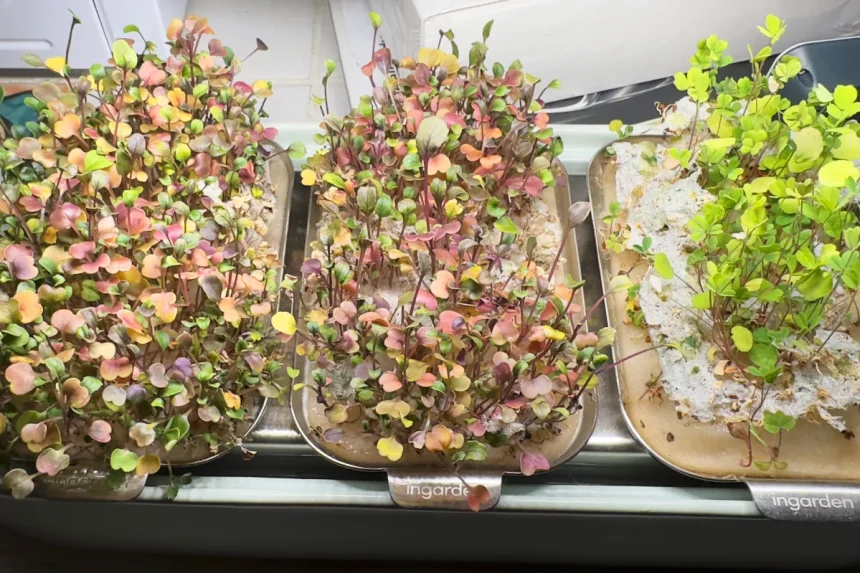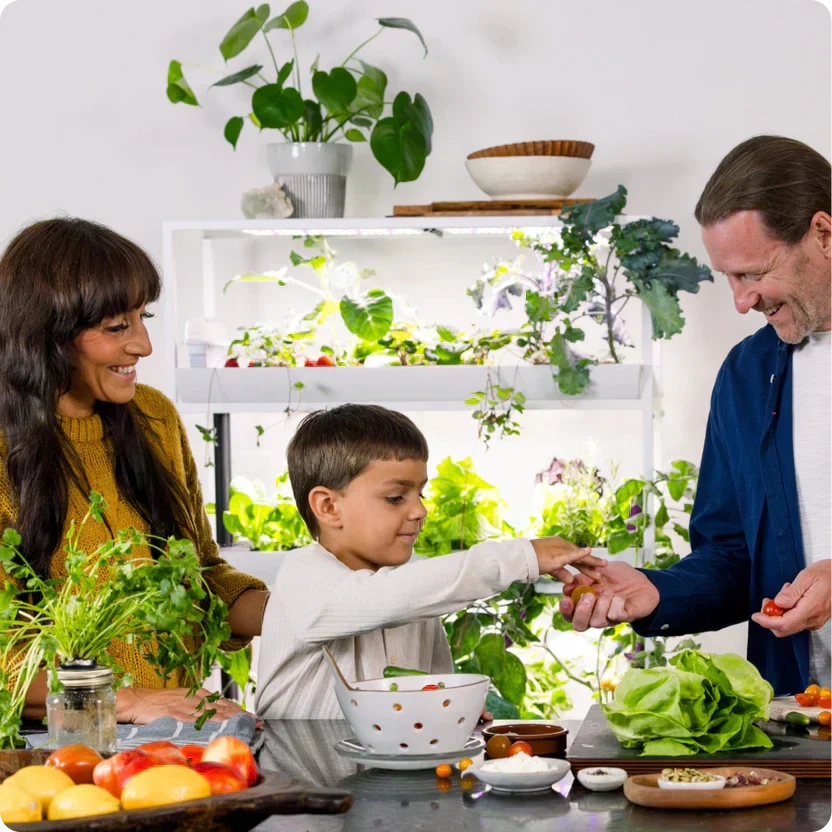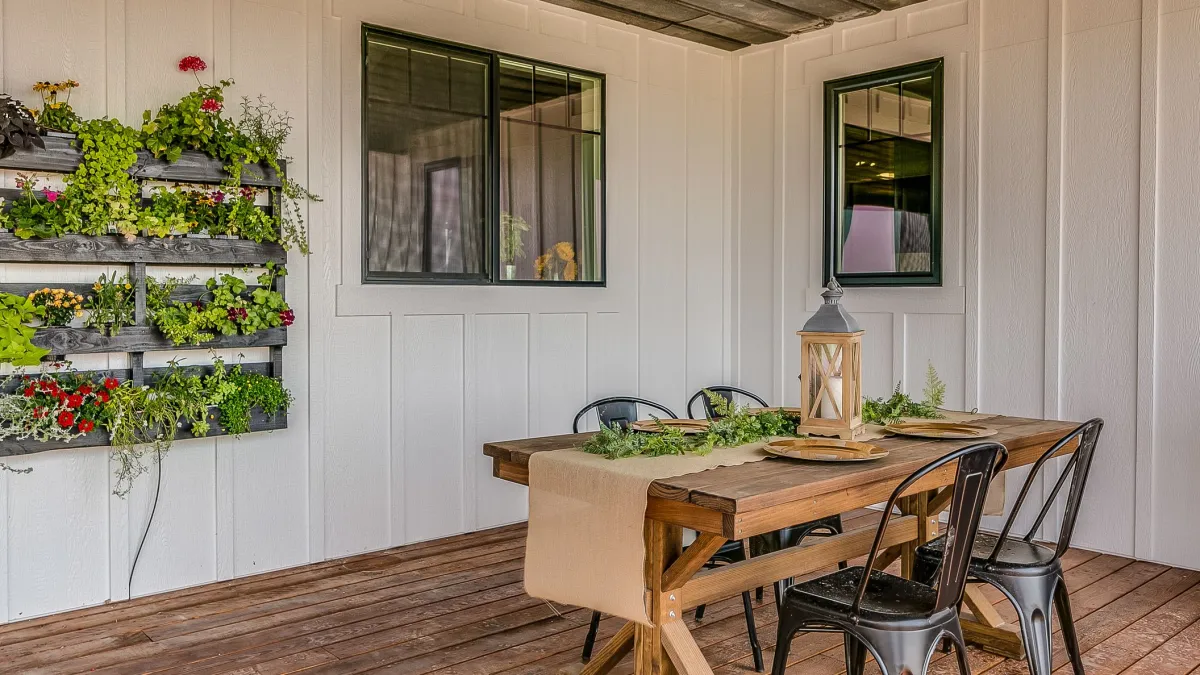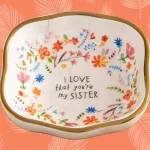Choosing the Right Plants for Indoor Gardening Best Plants for Beginners Factors to Consider
Picking the right plants is the first step to a thriving indoor garden. If you’re just getting started, go for easy-to-care-for varieties that can handle typical indoor conditions. Some of the best plants for beginners include:
- Snake Plant – Tolerates low light and irregular watering
- Pothos – Fast-growing and forgiving, great for low-light spots
- Spider Plant – Easy to propagate and adapts well to indoor life
- ZZ Plant – Survives drought and low light, perfect for busy folks
- Peace Lily – Adds a nice pop of green and blooms indoors
When choosing plants, consider these key factors:
- Light availability – Some plants need bright, indirect light, while others do well in low-light rooms.
- Space – Match the plant size to the space you have. Big leafy plants need more room.
- Water needs – Know how often your plants need watering and pick ones that suit your schedule.
- Humidity levels – Some plants thrive where the air is moist, others don’t mind dry air typical of many US homes.
- Pet safety – If you have pets, make sure your plants are non-toxic.
By choosing plants that fit your home environment and lifestyle, you’ll set yourself up for success with indoor gardening.
Setting Up Your Indoor Garden
Selecting the Perfect Location
Finding the right spot for your indoor garden is key. Most houseplants need bright, indirect light, so look for windows that get plenty of sunlight but avoid harsh direct rays that can scorch leaves. East or north-facing windows usually work best. If natural light is limited, consider placing your plants near LED grow lights or using smart garden systems to keep them healthy.
Choosing Containers and Pots
Pick containers with good drainage to prevent root rot. Terracotta pots are great because they breathe well, but plastic pots hold moisture longer, which might be better for certain low-light plants. Make sure the size fits your plant’s growth; too small, and roots get cramped, too big, and soil stays soggy too long.
Soil and Nutrients
Use well-draining potting soil specifically made for indoor plants. Avoid garden soil as it’s too dense and can carry pests. Look for soils that include peat moss or coconut coir for moisture retention but still allow airflow. Feed your plants with indoor plant fertilizer every 4-6 weeks during the growing season. For herb gardening indoors or fruiting plants, a balanced nutrient mix helps boost healthy growth.
By getting these basics right, you’ll create a solid indoor garden setup that supports thriving plants all year round. For more gardening basics, check out gardening tips and tricks.
Essential Indoor Gardening Care Tips
Taking care of your indoor plants the right way makes all the difference. Here’s what I’ve found works best for keeping them healthy and thriving.
Watering Wisely
- Check soil before watering. Overwatering is the top mistake—feel the soil a couple of inches down; if it’s dry, it’s time to water.
- Use room temperature water. Cold water can shock roots.
- Don’t let pots sit in water. Make sure your containers drain well to avoid root rot.
Light Management
- Know your plant’s light needs. Some plants thrive in bright, indirect light, while low-light plants like snake plants or pothos can handle shadier spots.
- Rotate your plants every week. This helps all sides get enough light and grow evenly.
- For spots with limited natural light, consider smart garden systems or grow lights—they’re great for herbs or urban gardening setups.
Fertilizing and Repotting
- Feed plants during growing season (spring and summer). Use a balanced indoor plant fertilizer every 4-6 weeks; less is more to avoid buildup.
- Repot when plants outgrow their containers. Signs include roots growing out of drainage holes or soil drying out too fast.
- Choose pots slightly larger than the current ones and refresh the soil to provide fresh nutrients.
Pollination for Fruiting Plants
- If you have fruiting plants like indoor tomatoes or peppers:
- Hand pollinate flowers using a soft brush or tap flowers gently.
- Indoor plants lack natural pollinators, so this step helps get fruits developing properly.
By following these simple care tips, your indoor garden will stay vibrant and healthy. For more on indoor planting and care, check our gardening tips and tricks.
Troubleshooting Common Indoor Gardening Problems
Indoor gardening is rewarding, but issues like pests, yellowing leaves, or stunted growth can pop up. Here’s how to tackle these common problems quickly.
Pests and How to Handle Them
- Spider mites, aphids, and fungus gnats are the usual suspects indoors. They damage leaves and stunt plant growth.
- Inspect plants regularly for tiny bugs or sticky residue.
- Use natural remedies like neem oil sprays or insecticidal soap to treat infestations safely.
- Keep plants clean by wiping leaves and improving air circulation to prevent pests.
- Avoid overwatering since damp conditions attract pests like fungus gnats.
Yellowing Leaves or Wilting
Yellowing leaves often signal overwatering, poor drainage, or lack of nutrients. Wilting might mean underwatering or root issues.
- Check soil moisture before watering; let it dry slightly between watering sessions.
- Ensure pots have drainage holes to avoid waterlogged roots.
- Feed plants regularly with balanced indoor plant fertilizer.
- Remove yellow or dead leaves to encourage new growth and keep plants healthy.
Stunted Growth
If your plant isn’t growing or looks weak:
- Verify it’s getting enough light—many indoor plants need bright, indirect sunlight.
- Reassess your soil and fertilizer routine; poor soil quality leads to nutrient deficiencies.
- Repot plants that have outgrown their containers to give roots more space.
- Watch out for pest damage that could be slowing growth.
These simple troubleshooting tips will keep your indoor garden thriving. For more gardening advice, check out our gardening tips and tricks to boost your plant care skills.
Creative Ideas to Elevate Your Indoor Garden
If you want to take your indoor gardening to the next level, there are plenty of creative ways to do it—especially if you’re working with limited space.
Vertical Gardening for Small Spaces
Vertical gardens are a smart solution for small apartments or homes where floor space is tight. You can use wall-mounted planters, hanging pockets, or tiered shelves to grow herbs, succulents, or trailing plants. This setup maximizes your growing area without crowding your living space and adds a fresh, green vibe to your walls.
DIY Projects
Getting hands-on with DIY indoor gardening projects can be both fun and functional:
- Build your own plant stands or shelves using reclaimed wood.
- Create terrariums with jars or glass containers for a mini garden display.
- Repurpose old containers like teacups or tins as quirky plant pots.
These projects make your garden feel more personal and let you customize exactly how your plants fit into your home.
Incorporating Plants into Home Decor
Plants aren’t just about greenery; they’re a natural way to brighten up rooms and add texture. Here’s how you can weave them into your decor:
- Use large leafy plants in corners to fill empty spaces.
- Mix plants of different sizes and shapes on coffee tables and shelves.
- Match pots with your room’s color scheme for a cohesive look.
- Place herbs in the kitchen for both looks and easy cooking access.
For more practical tips on setting up your garden space, check out this indoor garden setup guide for ideas that work well in any home.
Adding these creative touches makes indoor gardening enjoyable and visually appealing, turning your green space into a personalized oasis.
Recommended Tools and Products for Indoor Gardening
Setting up your indoor garden is easier with the right tools and products. Whether you’re just starting or looking to upgrade, here’s what you’ll want on hand.
Essential Tools
- Watering Can – Look for one with a long spout for precise watering, especially for small pots.
- Pruning Shears – Keep your plants tidy and promote healthy growth by trimming dead or overgrown parts.
- Moisture Meter – Helps you avoid over- or under-watering by checking soil moisture levels.
- Spray Bottle – Great for misting plants that like humidity, such as ferns or certain tropical houseplants.
- Plant Labels – Keep track of your plants and their care needs.
Optional Upgrades
- Smart Garden Systems – These include self-watering containers and grow lights with timers that make indoor plant care easier.
- Grow Lights – Essential if your space lacks natural light or if you’re growing herbs and low-light plants.
- Humidity Tray or Humidifier – Keeps moisture-loving plants happy, especially during dry indoor winters.
- Plant Stands and Shelves – Perfect for maximizing space and organizing your garden setup.
- Soil Tester Kits – Useful for monitoring pH and nutrient levels for optimal soil health.
Where to Shop
You can find these tools at local garden centers, big box stores like Home Depot or Lowe’s, and online retailers such as Amazon. For urban gardeners looking for special setups or organic supplies, check gardening specialty shops as well.
If you want more gardening tips across different setups, see our guide on gardening tips and tricks for useful ideas that complement your indoor gardening adventure.










